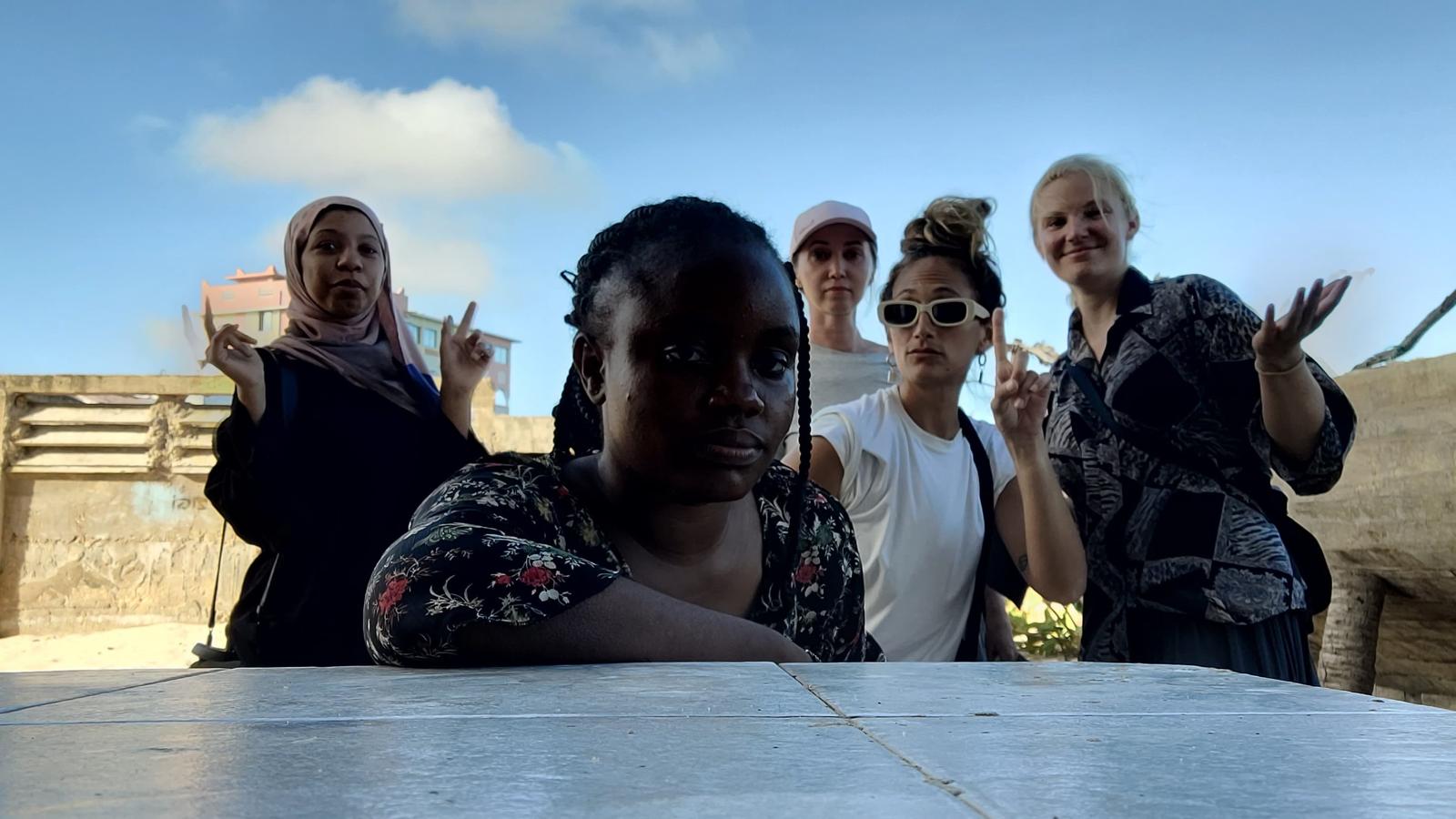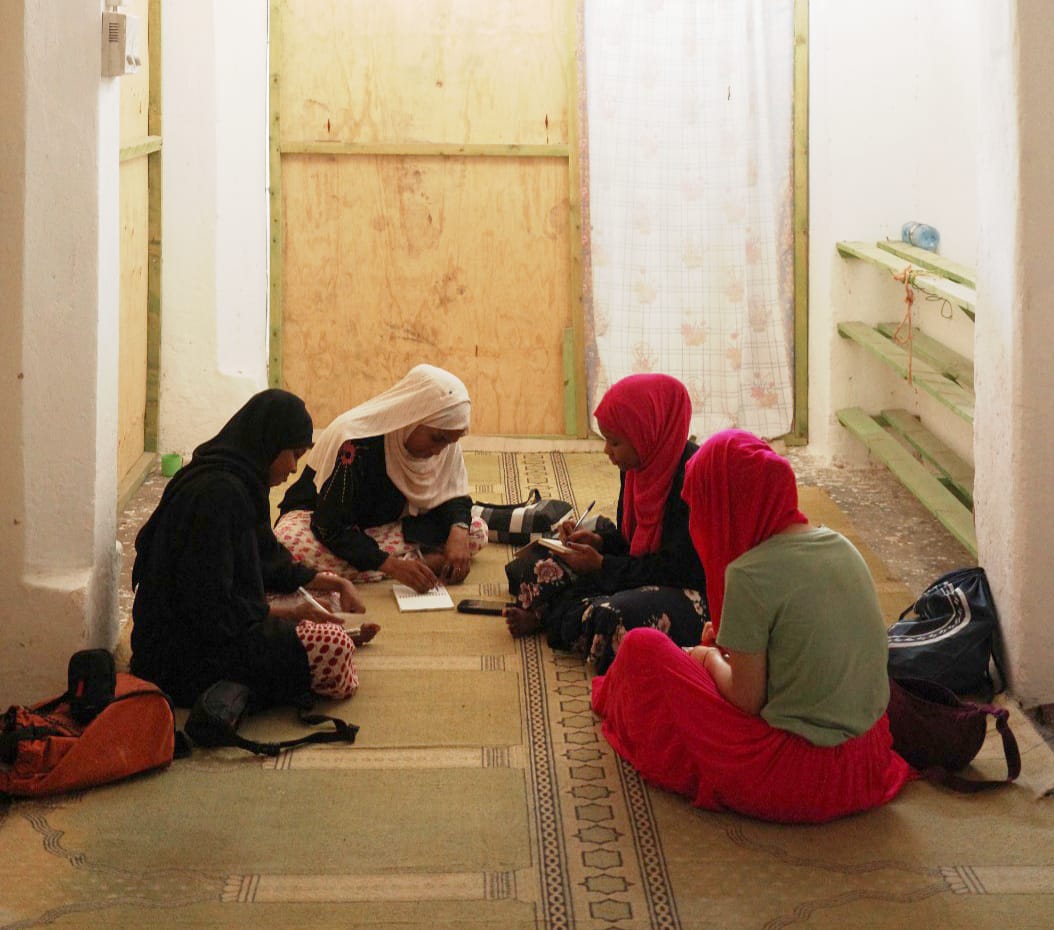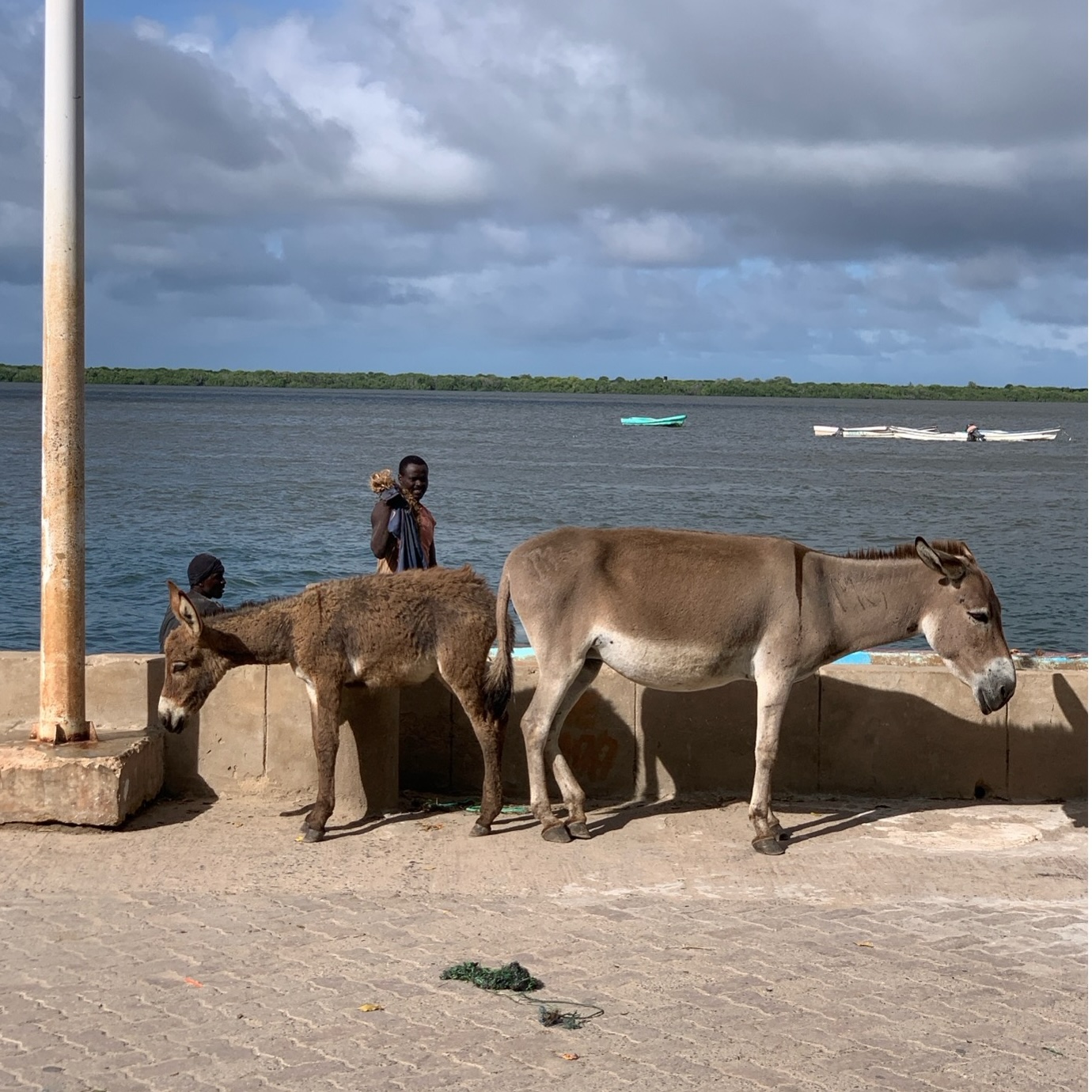(Mis)Communication
In the context of international partnerships, communication challenges are to be expected. While these challenges are often attributed to language barriers, communication involves much more: it depends on styles, gestures, and ways of listening shaped by cultural backgrounds. It is only when we are placed in environments that make us question what was once automatic for us, that we become aware of these more-than-verbal aspects.
![]()
Wyioni group breaking the ice with laughter
When we began this partnership between women from different countries, we never imagined that one of our biggest obstacles would be silence. We tried to create a “common language,” resorting to a mix of English and Swahili, and a jargon of our own projects, but this did not bring us closer. Gradually, we realized that laughing at simple things, chatting about daily tasks, and navigating discomfort together were more effective ways of connecting. Thus the ice of silence began to melt.

Wyioni group breaking the ice with laughter
We learned that communication is not confined to formal language. It is built through the in-between spaces, the pauses, the shared emotions, and the willingness to create meaning together.
When we began this partnership between women from different countries, we never imagined that one of our biggest obstacles would be silence. We tried to create a “common language,” resorting to a mix of English and Swahili, and a jargon of our own projects, but this did not bring us closer. Gradually, we realized that laughing at simple things, chatting about daily tasks, and navigating discomfort together were more effective ways of connecting. Thus the ice of silence began to melt.
The Lamu-Basel partnership in 2025 quickly revealed these differences — at times stark, at times surprisingly familiar. In an all women cohort, we soon realized that assertiveness could sometimes be perceived as rudeness, and a desire for social cohesion as a lack of initiative. In the first weeks of the project, for instance, we noticed the quietness of some of our fellow researchers. At first, we thought this might be related to shyness or different modes of working, such as a preference for indirect forms of communication or for observing before speaking. However, it may also have reflected broader cultural dynamics or the initial discomfort of navigating unfamiliar group settings. As a result, our Lamu partners often agreed with our proposals and suggestions, which led us to assume that everything was going well but we later realized that this was not always the case. These assumptions ended up generating misunderstandings and frustrations on both sides. For example, the group might have unanimously agreed on an interview format or plan for the following day, but afterwards, some participants would express discomfort with how things had been done — concerns that had not been raised during previous meetings.
Overcoming the challenge of conducting a joint project under tight deadlines and with the constant risk of miscommunication was only possible through compassion and mutual understanding — through the emotional bonds we were able to build. Trust grew over time, connections deepened, and communication became more fluid. The LYA researchers began to share their thoughts more frequently, allowing for a more genuine alignment of goals and methods. We came to understand that silence was not a lack of opinion, but rather a form of communication filled with unspoken meanings. In turn, we learned how to ask for their opinions rather than their agreement, and to show them how valuable their contributions were. This challenge was only overcome through careful listening, sensitivity towards reading signals, and the emotional ties built throughout the process.
![]()
Mosque group bridging communication barriers
Overcoming the challenge of conducting a joint project under tight deadlines and with the constant risk of miscommunication was only possible through compassion and mutual understanding — through the emotional bonds we were able to build. Trust grew over time, connections deepened, and communication became more fluid. The LYA researchers began to share their thoughts more frequently, allowing for a more genuine alignment of goals and methods. We came to understand that silence was not a lack of opinion, but rather a form of communication filled with unspoken meanings. In turn, we learned how to ask for their opinions rather than their agreement, and to show them how valuable their contributions were. This challenge was only overcome through careful listening, sensitivity towards reading signals, and the emotional ties built throughout the process.

Mosque group bridging communication barriers









